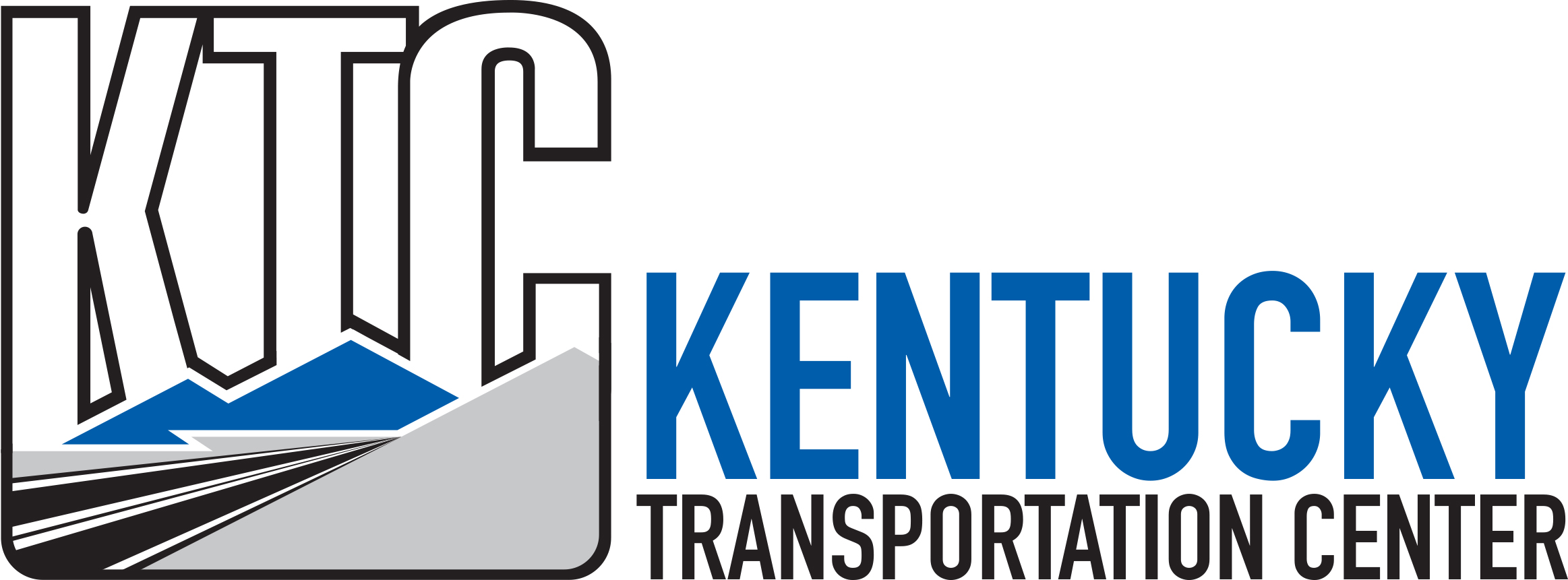Abstract
To evaluate projects involving approximately 200 route-miles of interstate and primary pavements in Kentucky and Tennessee in relatively short time frames, it was decided to test, analyze, and design overlays using test equipment (Road Rater) and procedures developed by the University of Kentucky Transportation Research Program. This paper presents the analysis methodology and the evaluation and overlay designs for selected projects, including the before-and-after analysis of milling on one project.
The Road Rater applies a dynamic sinusoidal loading of known force and frequency. The velocity of the vibration waves are measured by sensors and integrated electronically to obtain surface deflections . An analysis of the shape and magnitude of the deflection bowl permits an assessment of whether the structure is performing as anticipated or whether some component is significantly weaker than designed. Analyses permit the determination of the "behavioral" or effective thicknesses of the asphaltic concrete layers and the in-place subgrade moduli. Strip charts of effective thickness and subgrade strength (or alternatively, overlay thicknesses) along the length of a project permit delineation of the project into relatively uniform segments. The arithmetic mean and standard error are determined for each segment to estimate design parameters. The required overlay thickness is the difference between the total thickness required for new construction to carry the anticipated traffic and the behavioral thickness of the existing pavement.
Report Date
10-1-1983
Report Number
UKTRP-83-24
Digital Object Identifier
http://dx.doi.org/10.13023/KTC.RR.1983.24
Repository Citation
Deen, Robert C.; Southgate, Herbert F.; and Sharpe, Gary W., "Evaluation of Asphaltic Pavements for Overlay Design" (1983). Kentucky Transportation Center Research Report. 972.
https://uknowledge.uky.edu/ktc_researchreports/972



Notes
Prepared for presentation to American Society for Testing and Materials Pavement Maintenance and Rehabilitation, December 7, 1983, Bal Harbour, Florida.